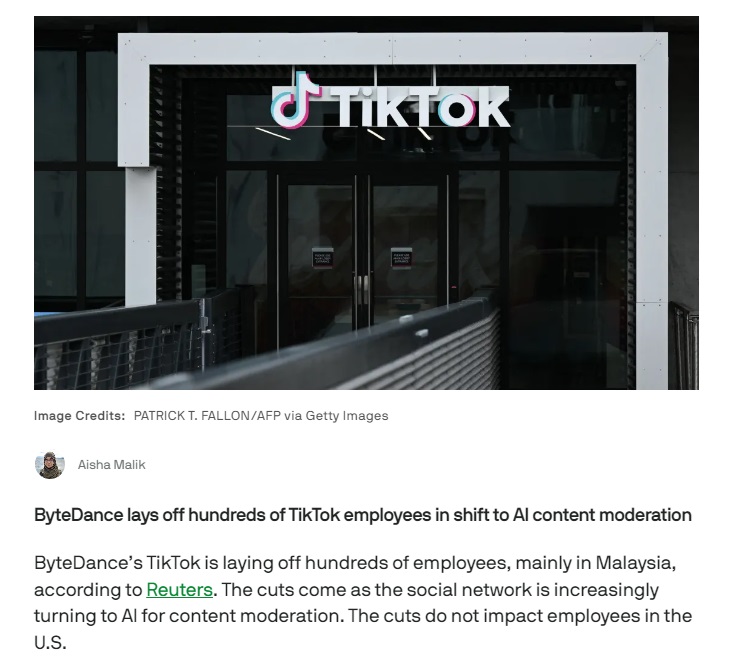We’ve seen how Ghost Kitchens have started to change the face of restaurants. Ghost Kitchens are essentially restaurants with no physical space for customers which means they are delivery-only restaurants. And in fact, some Ghost Kitchens will actually support multiple online-only restaurants from the same location. The economics of Ghost Kitchens are very different than traditional restaurants. Obviously their cost structure is lower because they can use less expensive space, but also their orders tend to be more tightly distributed around mealtimes (think 12PM for lunch, 6PM for dinner). In the immediate aftermath of the pandemic, as restaurants were forced to close their dining rooms, every restaurant became a sort of Ghost Kitchen, at least temporary.
We’re starting to see the model of no storefront move into other areas. Take, for example, Gorilla, a grocery start-up in Germany.
Founded by Kağan Sümer and Jörg Kattner in May this year and operating in Berlin and Cologne, Gorillas delivers groceries within an average of ten minutes. Unlike gig economy models, it employs riders directly and is emphasising its ability to get fresh groceries, along with other household items, to shoppers at very short notice and at “retail prices”. The idea is that the startup can address a large part of the groceries market that falls outside of a weekly bulk shop.
As TechCrunch reports, there are others (Diji and Weezy) who are building out similar services elsewhere in Europe. In the U.S. we have goPuff. These services are focused on the type of things you might buy at a convenience store. Or that you might run to the grocery to buy when you only need that singular thing.
Gorillas CEO Kağan Sümer says that mass supermarkets, including their delivery models, are designed so that the consumer organises their grocery shopping around the needs of the supermarket and supply chain, rather than the supermarket being designed around the needs of the consumer…bulk purchases are super served…all of the supermarket infrastructure is shaped around bulk purchases…our hypothesis was that people would appreciate it and shift their interaction with groceries to more on demand purchases
The internet is conditioning us to expect very quick, nearly instant, delivery. We’re already there with video on-demand and this will only become more pronounced in 2021 as studios close the windowing between theatric release and streaming release. Amazon has conditioned us to expect quick delivery of many things. We expect our Uber or Yelp to arrive quickly (and we want to track it while en route). We expect our meals to be delivered quickly. Those expectations will likely carry into other categories. Basic groceries and convenience store items make a lot of sense. But thinking outside of this, there are likely numerous sectors that will be pushed towards near-instant delivery models by competitive forces and consumer expectations.


